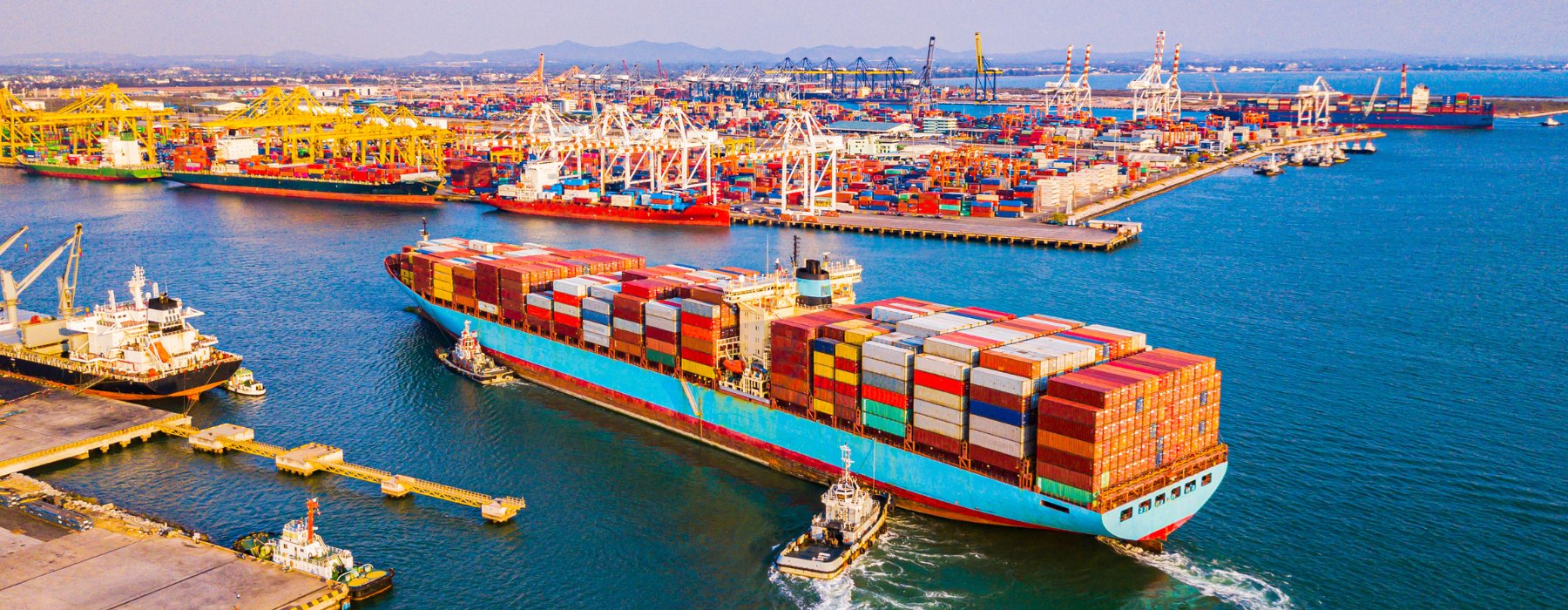In the constantly changing world of global trade, the efficient transportation of goods is critical. Key players in the shipping industry are feeder vessels and feeder ships. As you read further in this blog, you will uncover its history, design, purpose, capacity, and important role in our interconnected global economy.
What is a Feeder Vessel?
Feeder ships are versatile vessels designed to bridge the gap between large containerships and smaller regional ports. Feeder ships offer more flexibility in terms of route and schedule than larger container ships, and they also improve access to smaller ports because large ships cannot reach everywhere due to poor port infrastructure like shallow drafts or small turning. Feeder ships operate in regions with inland seas where the distance between countries is less for containerships to service.
History of the Feeder Vessel-
The history of feeder ships and feeder vessels is an essential part of the evolution of the shipping industry and global trade. With the expansion of global trade, the requirement for feeder ships also expands. The Panama Canal, an important maritime artery, has limitations due to its size. To overcome this problem, Panamax vessels are designed specifically to fit the original dimensions of the Panama Canal locks.
However, many major ports, particularly those on the East and Gulf Coasts, needed assistance to accommodate these larger ships, giving rise to the requirement for feeder ships. With time, the maritime industry realized and analyzed the importance of using smaller and more flexible vessels to complement their larger ships. Today, worldwide ship-building hubs specialize in constructing these versatile container feeder ships, contributing to their growing presence in global shipping activity.
What is a Feeder Vessel in Shipping?
Feeder ships are smaller ships, a category of cargo ships, differentiated by their size, operational capabilities, equipment, and specific purpose within the shipping industry. A container feeder ship is designed to transport containers from larger ports to smaller ports that need to accommodate these larger container ships.
Container feeder ships are smaller ships in size, and their container capacity enables container feeder vessels to navigate the shallower waterways and inland ports, extending the reach of the global shipping network. Feeder ship container capacity allows the efficient loading and unloading of containers, helping to streamline port operations and reduce turnaround times for containers.
Top 3 types of feeder vessel –
As we know the meaning of feeder vessels, let’s dive into the top 3 types of feeder vessels. Container feeder ships are classified based on their size and capacity.
Feeder Containerships:
It is up to 1,000 TEUs (a twenty-foot equivalent unit). These feeder vessels are smaller ships, or the smallest type of feeder ship, designed to carry a relatively small number of containers. They are ideal for serving small ports with a lower capacity of cargo.
Feedermax Containerships:
It ranges from 1,000 to 2,000 TEUs (twenty-foot equivalent units). These are larger than the feeder containerships, and this feeder ship is typically used to transport cargo to medium-sized or high-volume small ports.
Panamax Containerships:
It ranges from 2,000 to 5,000 TEU (twenty-foot equivalent unit). These are the largest types of feeder vessels among the other two. It is named after the Panama Canal. It is used for transporting goods from larger ports to smaller ports and is also used on trans-oceanic routes with medium cargo capacity.
The significance of feeder vessels in the shipping industry-
Feeder ships are the backbone of regional as well as global trade, as they transport goods to ports where larger vessels cannot reach them. It also connects regional economies to global economies while increasing economic development and economic growth with limited port infrastructure. Apart from this, feeder vessels play a key role in:
- Operational Efficiency: As we know, feeder ship are smaller ships that can navigate shallow waterways. Feeder vessels operate on fixed schedules and function in small areas by stopping at every small port, which enables efficient cargo consolidation and deconsolidation without needing larger ships to stop at every port in their route.
- Supply Chain Efficiency: Feeder ships boost supply chain efficiency by optimizing cargo distribution. By consolidating cargo from several smaller ports onto larger vessels at hub ports, container feeder vessels increase economies of scale and decrease transportation costs, while at the same time decreasing congestion (the backlog of ships waiting to load or unload cargo at a port, causing delays) at smaller port calls and improving overall port efficiency.
- Environment-friendly: Container feeder ships play a significant role in supporting shipping industry sustainability efforts by consolidating cargo and decreasing direct port calls made by larger vessels. Optimization of fuel consumption and emissions reduction while using smaller vessels with a reduction in TEU consumption also supports environmental sustainability.
Limitation of feeder-ships
Below are a few limitations for feeder ships:
- Limited loading capacity: feeder ships have less capacity in comparison to larger container vessels, which naturally limits the capacity of cargo that can be transported on a solo trip, thus increasing port calls and transportation costs.
- Longer transit times: feeder ship stops at multiple places along the way. As a result, these ships typically take much longer to transport cargo than larger container ships. Its increased transit times can be challenging for time-sensitive shipments.
- Vulnerable to weather-related delays: Due to their smaller size, lower speed, and higher transit time, feeder vessels can be more vulnerable to weather-related delays.
Parting Words
Feeder ships play an important role in the shipping industry. After reading this blog, you get a certain idea about feeder ship, their types, capacities, and benefits in global trade. Feeder vessel service provider companies offer extensive network connections and scalable capacity. Therefore, working with feeder vessel companies is more efficient than establishing your feeder service.
Thus, feeder ship companies provide global container shipping lines with easy coverage of almost any port and region. Moreover, they can also work with short-sea or multimodal alternatives for door-to-door delivery.

